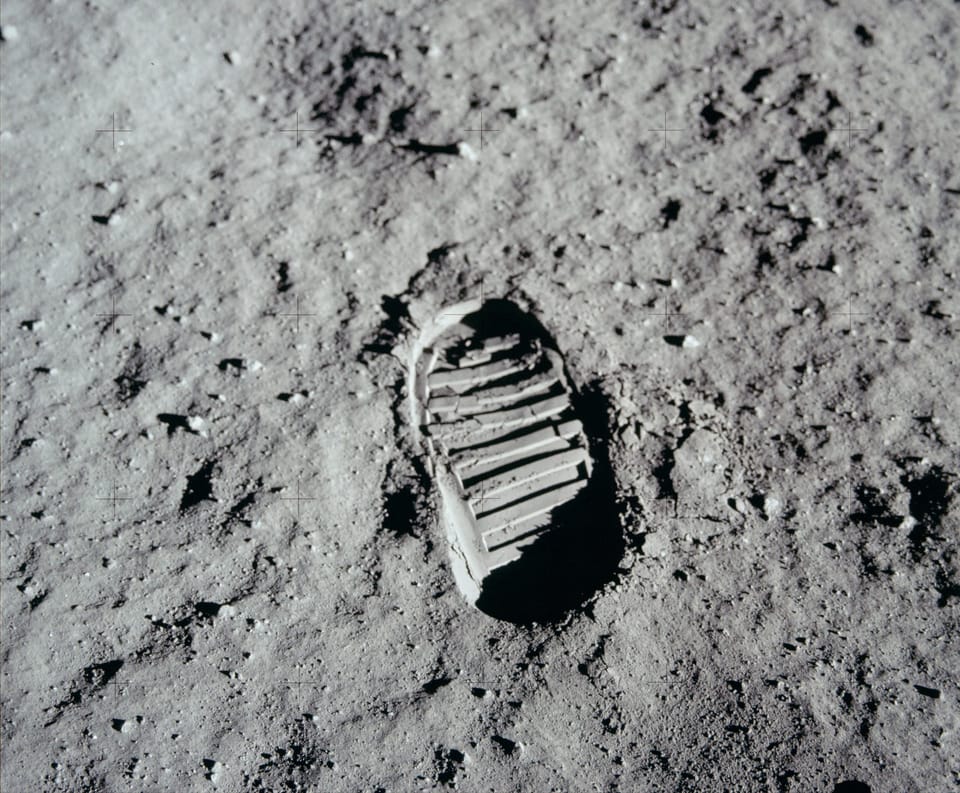Abiogenesis I: Sparks Of The Gods And Stardust
This article is the first in a series on the origins of life, abiogenesis, chemical evolution, and the RNA world hypothesis.

We are all familiar with Darwin’s theory of evolution, which beautifully explains how life evolved from single-celled organisms to us mammals. But how did the first living thing come into being? How did life emerge from dead matter? What precedes evolution? For decades, physicists, chemists, and biologists have studied the process by which life arises naturally from non-living matter — called abiogenesis.
This story begins with the most basic building blocks of the universe: atoms. Atoms of the elements carbon, hydrogen, oxygen, phosphorus, sulfur, and nitrogen are the smallest particles that make up all life on Earth. They all behave strangely to each other under the conditions of our Earth’s surface. Among the 98 elements that make up our planet, they form a kind of family, especially under the temperatures and pressures of the Earth’s surface, that might never have come together in this way on many other worlds. As if the rules of stoichiometry were the instructions of a gigantic divine construction kit that allows the creation of an infinite number of almost infinitely complex structures, these six elements can combine under our skies to form countless molecules, and were also abundantly dissolved in the primordial oceans of our young planet. It is in this primordial soup, as it is sometimes called, that the story of life begins.
The driving force that leads to ever-new combinations of these six elements is striving to achieve the energetic optimum, i.e., the lowest possible energy state. When two chemical particles combine in a chemical reaction to form a third, the sum of the energies inherent in these two individual reactants is unequal to the internal energy of the resulting product. Consequently, energy must be added if the internal energy of the product is greater than that of its reactants. But even if the internal energy of the product is less than the sum of its components, a certain amount of activation energy must first be expended before the reaction can begin. It is, so to speak, the burning match without which we cannot ignite even the driest of logs. Incidentally, this is an apt example because fire is ultimately a reaction in which the reactants carbon and oxygen combine to form the product carbon dioxide, which releases energy in the form of heat radiation and light. Until the wood is burned, this reaction is the energetic optimum.
But this principle also works the other way around. To produce oxygen and carbon from carbon dioxide, plants need energy in the form of UV radiation. However, the wording is imprecise. It would be more accurate to say that the plants provide a (microscopic) environment in which the energy of the UV radiation is sufficient for the decomposition of carbon dioxide into oxygen and carbon to be energetically optimal. Otherwise, our atmosphere would constantly produce oxygen from carbon dioxide. To use an even simpler image: We stand by a ravine, pick up a rock (activation energy), and drop it into the ravine (reaction). Obviously, when we let go of the rock, it will fall down because the bottom of the canyon is the energetic optimum for the rock under these new conditions.
As early as 1953, Stanley Miller and Harold Clayton Urey showed in their famous experiment that the elementary building blocks of life could form under the conditions thought to exist on a young Earth. They assumed that the primordial atmosphere consisted of gaseous ammonia, carbon monoxide, hydrogen, methane, and vaporized water. This gas mixture was then subjected to high electrical voltage, resulting in electrostatic discharges, or flashes. In this way, they had recreated in vitro the violent thunderstorms that presumably raged during the early days of the Earth. They collected the condensed water from their gas cloud, the rain, and then discovered amino acids in it that had formed all by themselves, without living organisms. This was the first solid evidence that life can originate abiotically, i.e. de novo, from dead matter (isn’t it beautiful that lightning, which the ancient Greeks attributed to their chief god Zeus is not only terrifying, but also essential to the origin of life?). In this way, in the oceans of our still dead planet, molecules were probably formed with alcohols, simple sugars, carbonic acids, amino acids and nucleic bases, which made life possible in the first place.
These, in turn, could combine to form an infinite number of even larger, linked molecules: Sugars linked together to form chains (called polysaccharides), amino acids linked together to form polypeptides — early precursors of the molecules that today, as proteins, perform almost every function in our bodies.
Many of these compounds were quite unstable, constantly changing shape. Others, on the other hand, proved to be very persistent, i.e., they broke down into their constituents only when large amounts of energy were available. The process of random combinations leading to increasingly complex and stable compounds is also known as chemical evolution. It progressed steadily through the timeless childhood of our planet, and was the leisurely prelude to the thunderous symphony of life that preceded it.
Life is based on complex and stable chemical compounds because, by definition, it must be able to self-organize and self-replicate even in its most elementary form. Consequently, it requires a set of stable building blocks that can be assembled into molecular chains whose lengths are ideally scalable. These molecular chains must not be very reactive. They should be resistant to most reactions and to other molecules in their environment — chemists call such substances inert. Such molecules would be reproducible as "information” and at the same time provide a molecular fixed point that allows organization. Nucleic bases are suitable building blocks for such molecules. Five members of this family seem to be of outstanding importance for life: uracil, thymine, cytosine, adenine and guanine. The first three (uracil, thymine, and cytosine) are derived from a molecule called pyrimidine, a hexagonal ring structure that could form under early Earth conditions and was a product of the aforementioned chemical evolution. The pyrimidine skeleton has an almost perfect geometry in terms of energetic optimum and is therefore highly stable under terrestrial conditions. Adenine and guanine, in turn, share the basic structure of the purine, which has a double ring structure that can be formed from pyrimidine and a pentagonal ring called imidazole.
The nucleic bases can each form a molecule called nucleoside monophosphate (NMP) with a molecule of ribose (a sugar that could also form in the primordial oceans) and phosphate. This probably happened on the hot mineral surfaces of undersea volcanoes, the hot spots of abiogenesis — the basic building blocks of life were forged in places of great heat. If volcanic eruptions there also released so-called pyrophosphates, the NTPs could combine with these pyrophosphates to form nucleoside triphosphates (NTPs). NTPs are activated compounds whose internal energy no longer requires a large impulse to be released. Thinking back to the match, NTPs are not logs of wood, but absorbent cotton soaked in gasoline. They still play a key role in modern organisms: adenosine triphosphate (ATP), for example, is a central intermediate energy store for the metabolism of our body cells. The energy of the NTPs can also be used to bind the NTPs themselves, releasing pyrophosphate. In this way, huge chains of nucleic bases can be formed — the result is stable and equally complex: ribonucleic acid (RNA).
Longer and longer RNA molecules were formed randomly and often fused together. Sometimes, however, they were split again by electromagnetic radiation or particularly reactive molecules (radicals). This phenomenon also follows the rules of energy optimization: If a high-energy light quantum hits the RNA and its energy is sufficient to provide the activation energy, the cleavage of the molecule is optimal. If a reactive radical interacts, a new compound may be the energetic result.
Pyrimidine can also be found in many meteorites. As wanderers between the stars, they collect this extremely stable substance in the vastness of space, where it is thought to have originated in the fire of dying suns, red giants. In Earth’s early history, the countless meteorites that crashed to Earth may also have brought this creative stardust with them. Little noticed by the public, NASA presented spectacular results in March 2015: In an extraterrestrial experiment, researchers were able to show that pyrimidine, along with the primitive components of the primordial soup, independently formed the nucleic bases uracil, thymine, and cytosine in cold space under the irradiation to which the early surface of the Earth was exposed.




